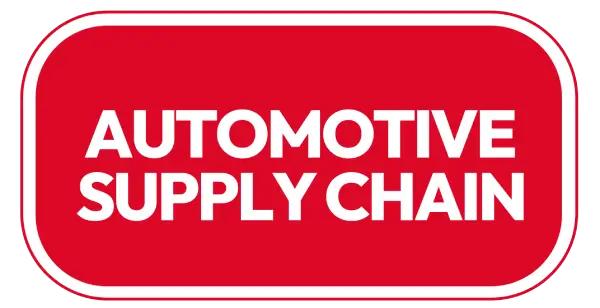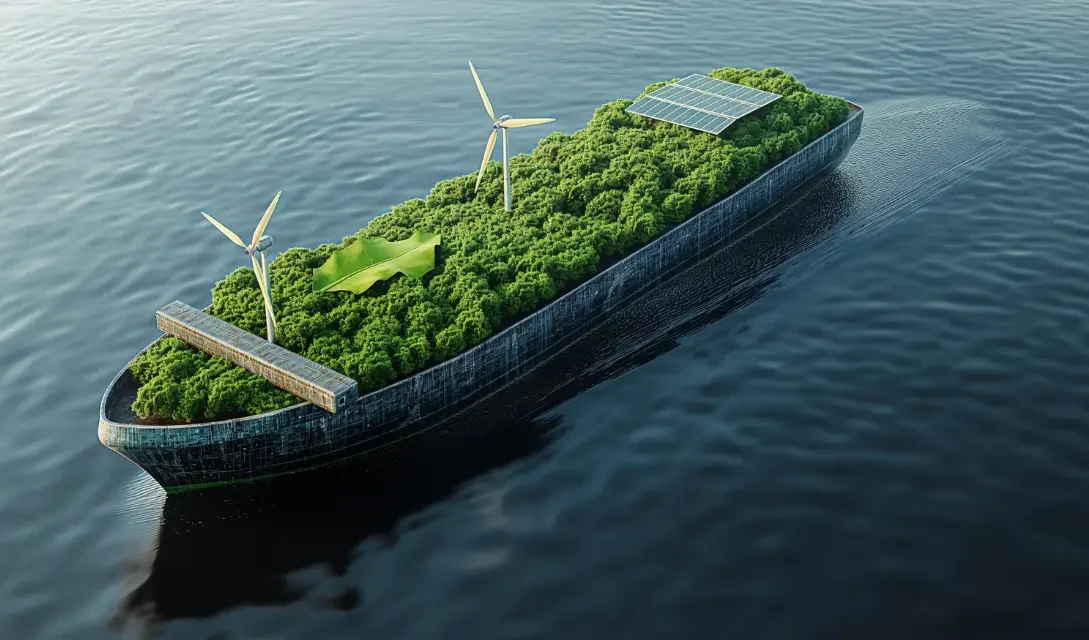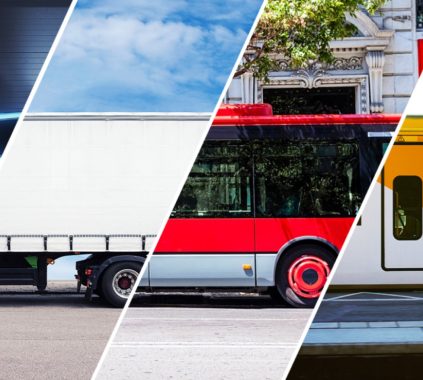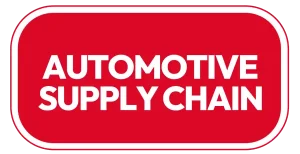Transportation has always been the backbone of commerce. From the earliest trade routes carved through deserts and oceans to today’s vast networks of global logistics, transportation systems make business possible. But in the 21st century, the business of transportation is undergoing a radical transformation.
Rising fuel costs, environmental concerns, digital innovation, and changing consumer demands are pushing companies to rethink how goods and people move. The focus is shifting toward efficiency, sustainability, and smart technology—a combination that’s redefining what it means to be competitive in the modern market.
In this article, we’ll explore how the transportation industry is evolving, the key trends driving change, and what businesses need to do to keep up.
1. Digital Transformation of Transportation Logistics
Digital technology has revolutionized nearly every industry, and transportation is no exception. Gone are the days of paper manifests and guesswork around shipping times. Modern logistics rely heavily on real-time tracking, automation, and data analytics to optimize performance and reduce costs.
Key technologies shaping transportation logistics:
-
GPS and Telematics: Track vehicles and monitor driver behavior in real time.
-
Transportation Management Systems (TMS): Automate routing, scheduling, and reporting.
-
AI and Machine Learning: Predict delays, optimize routes, and manage risk.
-
Blockchain: Improve transparency in supply chains, particularly for high-value or perishable goods.
By leveraging these technologies, companies can make data-driven decisions that enhance delivery efficiency, reduce errors, and improve customer satisfaction.
2. E-Commerce and Last-Mile Delivery Demands
The explosive growth of e-commerce—accelerated further by the COVID-19 pandemic—has placed intense pressure on transportation systems, especially in the realm of last-mile delivery. Consumers expect faster, cheaper, and more flexible delivery options.
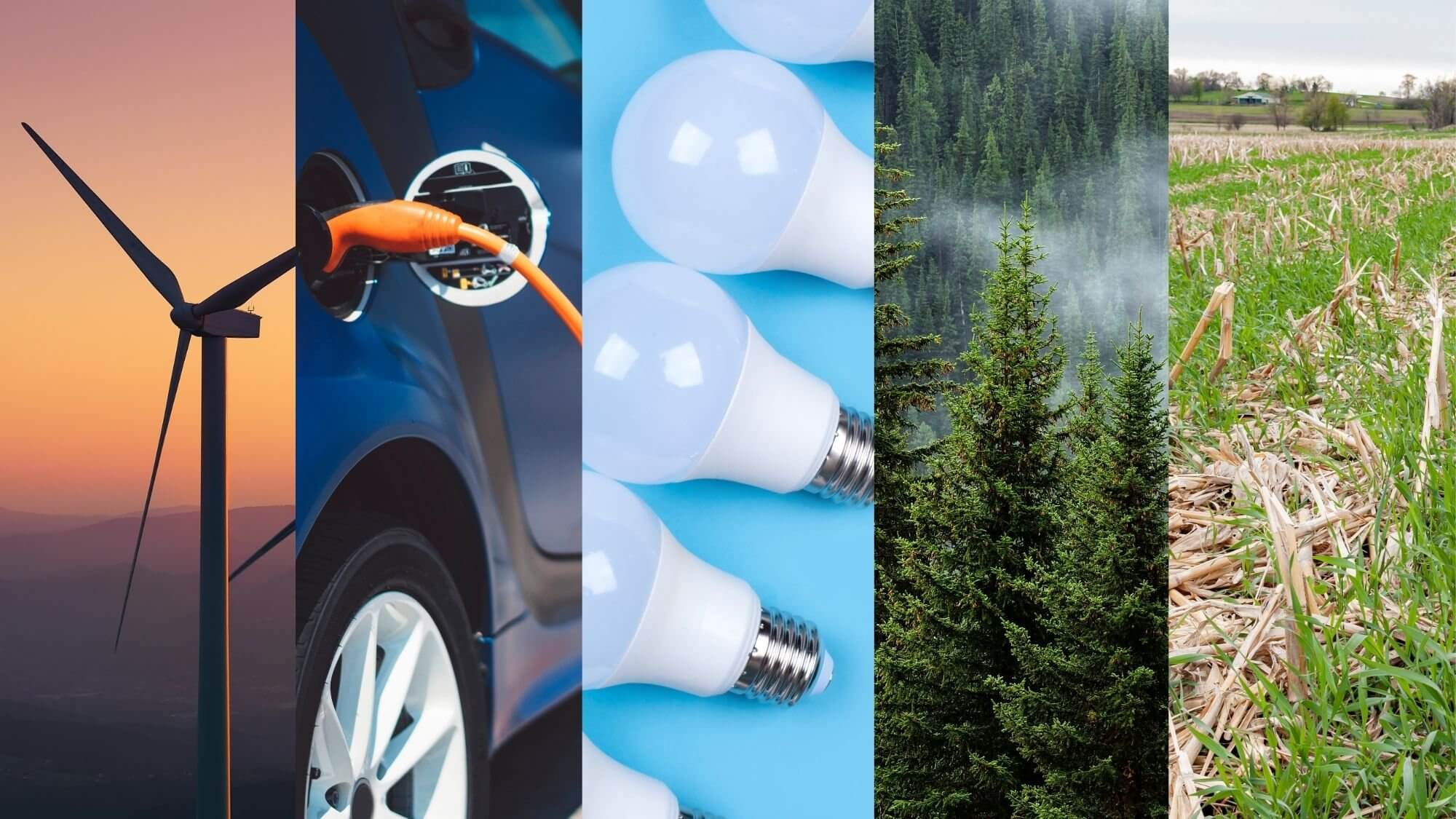
Business implications:
-
Logistics providers must expand urban distribution centers to reduce delivery times.
-
Retailers are partnering with third-party delivery services like FedEx, UPS, and local courier networks.
-
Companies like Amazon and Walmart are investing in in-house fleets and drone technologies to maintain control over the delivery experience.
Last-mile delivery, while the most expensive and logistically complex segment of transportation, is also where businesses can differentiate themselves by providing exceptional customer service.
3. The Shift Toward Sustainable Transportation
Sustainability is no longer a corporate buzzword—it’s a business imperative. Transportation accounts for roughly 20–30% of global greenhouse gas emissions, and stakeholders are demanding greener alternatives.
Strategies businesses are adopting:
-
Fleet Electrification: Companies like DHL, UPS, and FedEx are transitioning to electric delivery vans and trucks.
-
Alternative Fuels: Biodiesel, compressed natural gas (CNG), and hydrogen fuel cells are gaining traction.
-
Carbon Offsetting: Some companies invest in renewable energy or forestry projects to offset emissions from shipping.
Governments are also introducing stricter regulations on emissions and offering incentives for adopting green practices. For businesses, embracing eco-friendly transportation can lead to long-term cost savings, brand reputation enhancement, and regulatory compliance.
4. Intermodal and Multimodal Transportation Strategies
To meet global demand while keeping costs low, businesses are increasingly turning to intermodal (using multiple modes with one contract) and multimodal (multiple modes with different providers) transportation solutions.
For example, a company might ship goods by sea to a coastal port, transfer them to rail for long-distance inland movement, and use trucks for final delivery. This hybrid approach helps optimize efficiency, reduce fuel consumption, and adapt to infrastructure limitations.
Benefits include:
-
Lower transportation costs
-
Greater flexibility in routing
-
Reduced environmental impact
-
Improved delivery timelines in high-demand areas
Businesses that master intermodal planning are better equipped to handle complex, global supply chains.
5. Autonomous Vehicles and the Future of Freight
One of the most exciting developments in transportation is the rise of autonomous vehicles (AVs). Self-driving trucks, once considered a futuristic concept, are now being tested and deployed in limited markets.
Companies like TuSimple, Embark, and Aurora are leading the charge in autonomous freight transportation, partnering with major shippers and logistics providers.
Potential benefits:
-
Reduced labor costs
-
24/7 operation with fewer breaks
-
Improved safety and fuel efficiency
-
Increased capacity in driver-shortage markets
While regulatory and infrastructure hurdles still remain, autonomous freight could significantly reshape the logistics landscape over the next decade.
6. Smart Infrastructure and Urban Mobility Solutions
As urban areas continue to grow, cities are investing in smart infrastructure to support efficient transportation. These investments include:
-
Smart traffic lights that adapt in real time
-
Dynamic toll pricing systems
-
Integrated public transit with ride-sharing platforms
-
Real-time congestion data for route planning
Businesses, especially those involved in transportation, logistics, or last-mile delivery, must pay attention to these changes. Collaborating with local governments or participating in smart mobility programs can give companies an edge in densely populated areas.
Additionally, urban mobility as a service (MaaS) platforms are emerging, combining public transit, car-sharing, e-scooters, and bike rentals into seamless, app-based solutions for urban dwellers and business commuters alike.
7. Talent, Training, and Workforce Challenges
Despite the rise of automation and digital tools, human expertise remains critical in the transportation sector. From truck drivers and warehouse staff to logistics analysts and fleet managers, skilled workers are in high demand.
However, the industry faces a talent shortage—especially in trucking and supply chain management.
Business response:
-
Upskilling existing employees with tech training
-
Partnering with vocational schools and universities
-
Implementing automation to reduce manual, repetitive tasks
-
Improving working conditions and offering incentives to attract talent
Long-term business success in transportation depends not just on equipment and software, but on having a motivated, well-trained workforce.
8. Resilience and Risk Management in Transportation

Recent years have revealed the fragility of global transportation systems, with events like the COVID-19 pandemic, Suez Canal blockage, and geopolitical conflicts disrupting supply chains worldwide.
Smart businesses are now prioritizing resilience in their transportation strategies.
Key practices include:
-
Diversifying suppliers and shipping routes
-
Building inventory buffers in key locations
-
Using AI for scenario planning and risk analysis
-
Collaborating with logistics partners to develop contingency plans
In uncertain times, the ability to adapt quickly and continue delivering is what separates thriving businesses from failing ones.
Conclusion: The Road Ahead
The transportation sector is at a crossroads. As technology, sustainability, and consumer expectations evolve, businesses must take proactive steps to modernize how they move goods and people.
Those who embrace innovation, invest in green solutions, and build adaptable logistics strategies will not only reduce costs and improve efficiency—they’ll also gain a competitive advantage in a market that values speed, transparency, and responsibility.
Whether you’re a small business with local deliveries or a global enterprise managing complex supply chains, the future of transportation is in motion—and now is the time to lead, not follow.
